Traction Mechanics
Traction Mechanics is the study of train motion.
The mechanics involves conversion of overhead electrical power/diesel/steam power in rail horse power to haul a train encountering acceleration, train, grade, curve resistance and similarly braking.
Traction Mechanics involves concept of
- train resistance
- tractive effort
- braking effort
- adhesion
- balancing speed
for detailing the motion of a train.
Units
The units followed in day to day talk of Raiways are different as compared to conventional MKS system. Conversion table is given below for better understanding
| Item | Symbol | Railway convention | MKS |
| Time | t | Hours | 3600 sec |
| Distance | D | Kilometer | 1000 meters |
| Speed | V | Kmph | 1000/3600=0.277m/sec |
| Acceleration | fa | Kmph/sec | 0.277m/sec/sec |
| Weight | W | Tonne | 1000Kg |
| Force | F | Kgf | 9.8Newton |
| Energy/Work | kWh | kWh | W-sec or N-m or Joules |
Formulas
where D-distance;V-final speed; U-initial speed; a-acceleration
where W in N-m or Joules or Watt-sec)
where TE is in Kgf, V in Kmph and HP=75*Kgf*m/sec
where η is efficiency of Loco
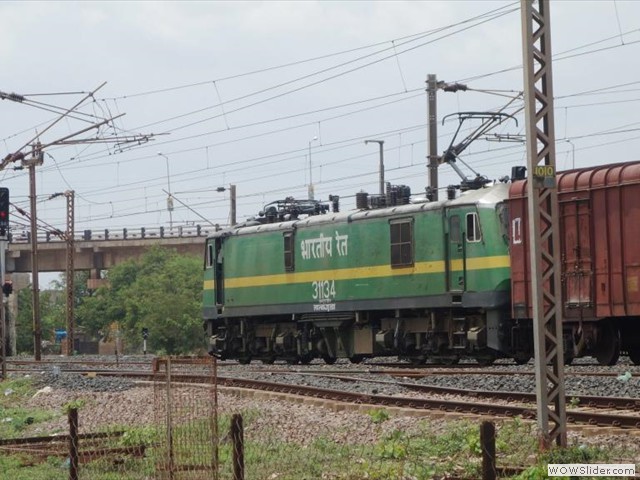
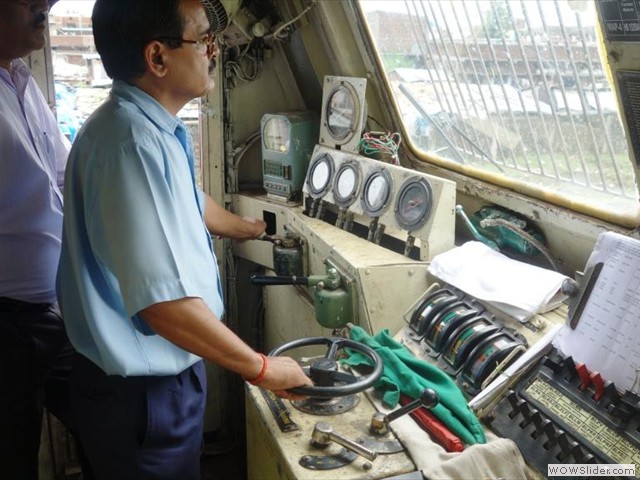
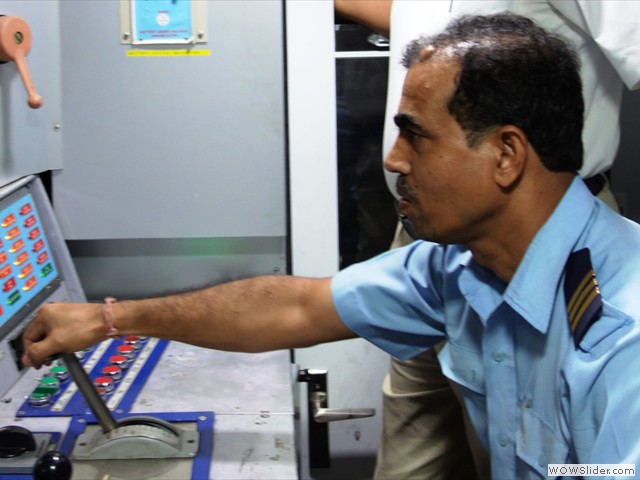

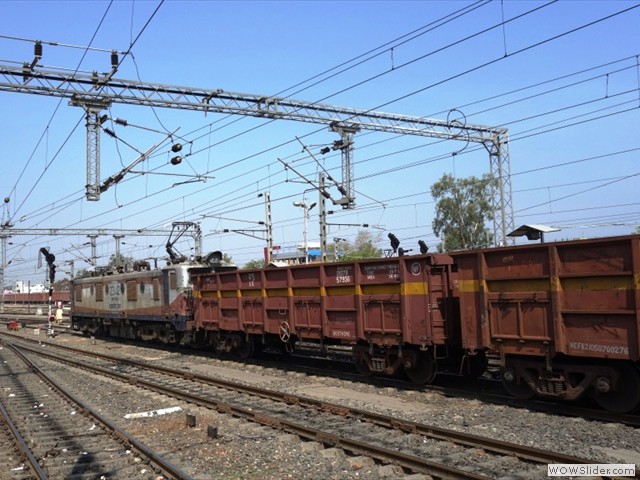
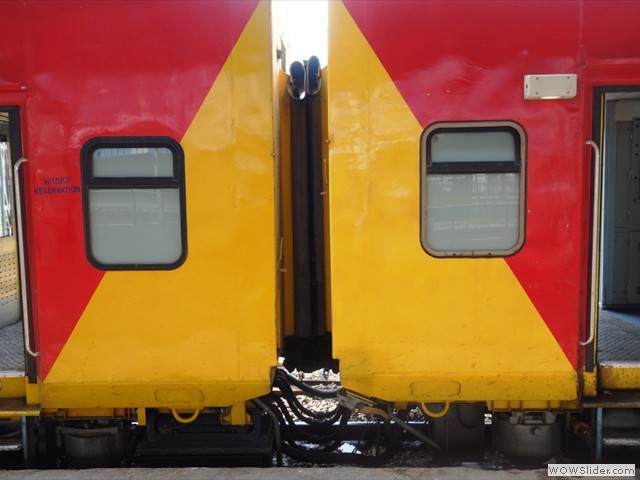
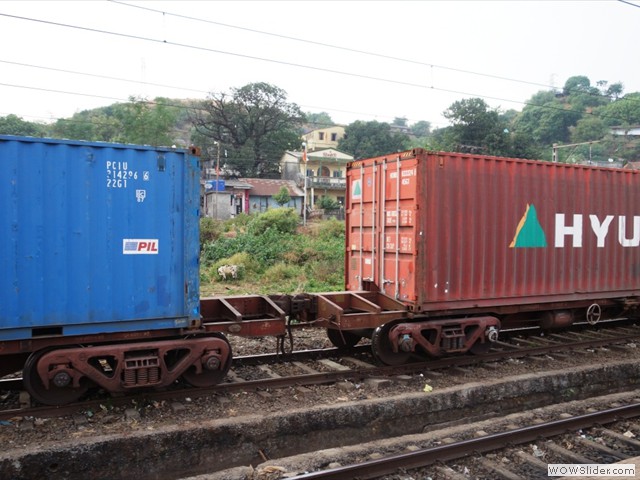
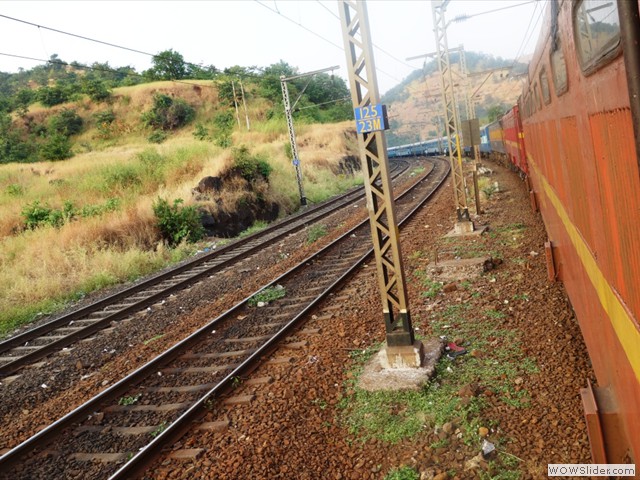

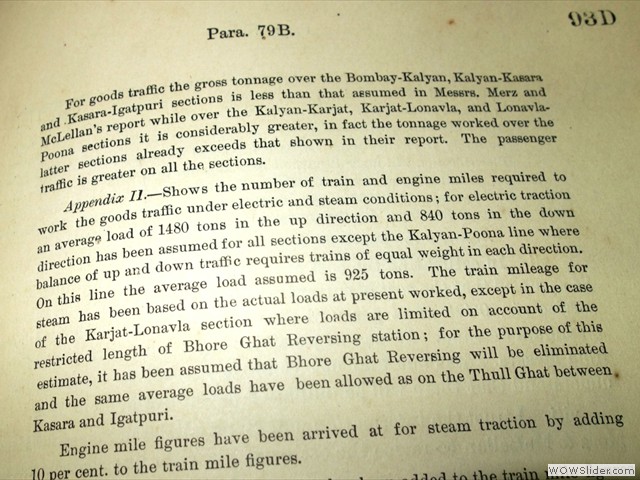
 1
1 2
2 3
3 4
4 5
5 6
6 7
7 8
8 9
9 10
10
I read your guidance given regarding Group B Exam in Railway which was very practical